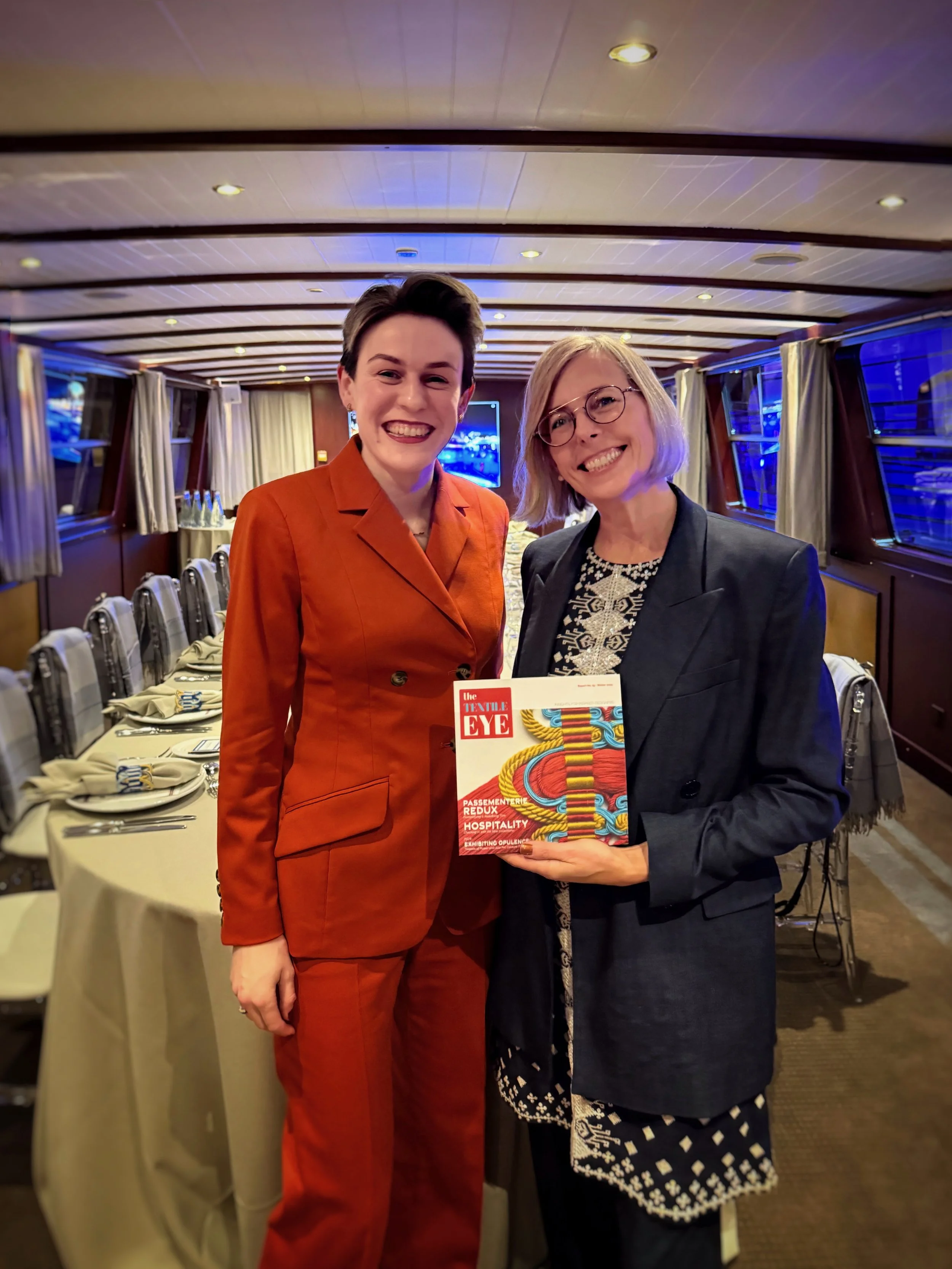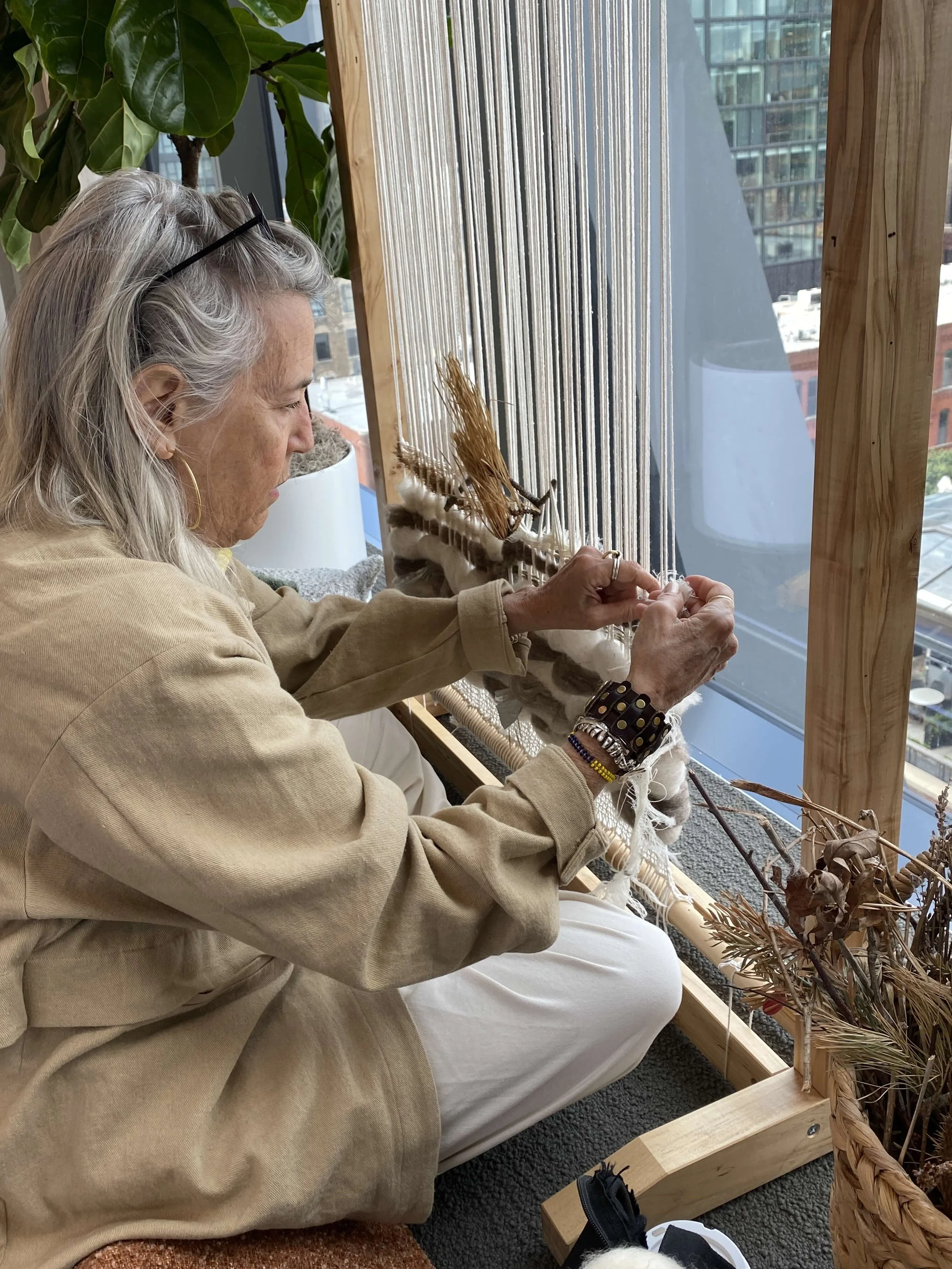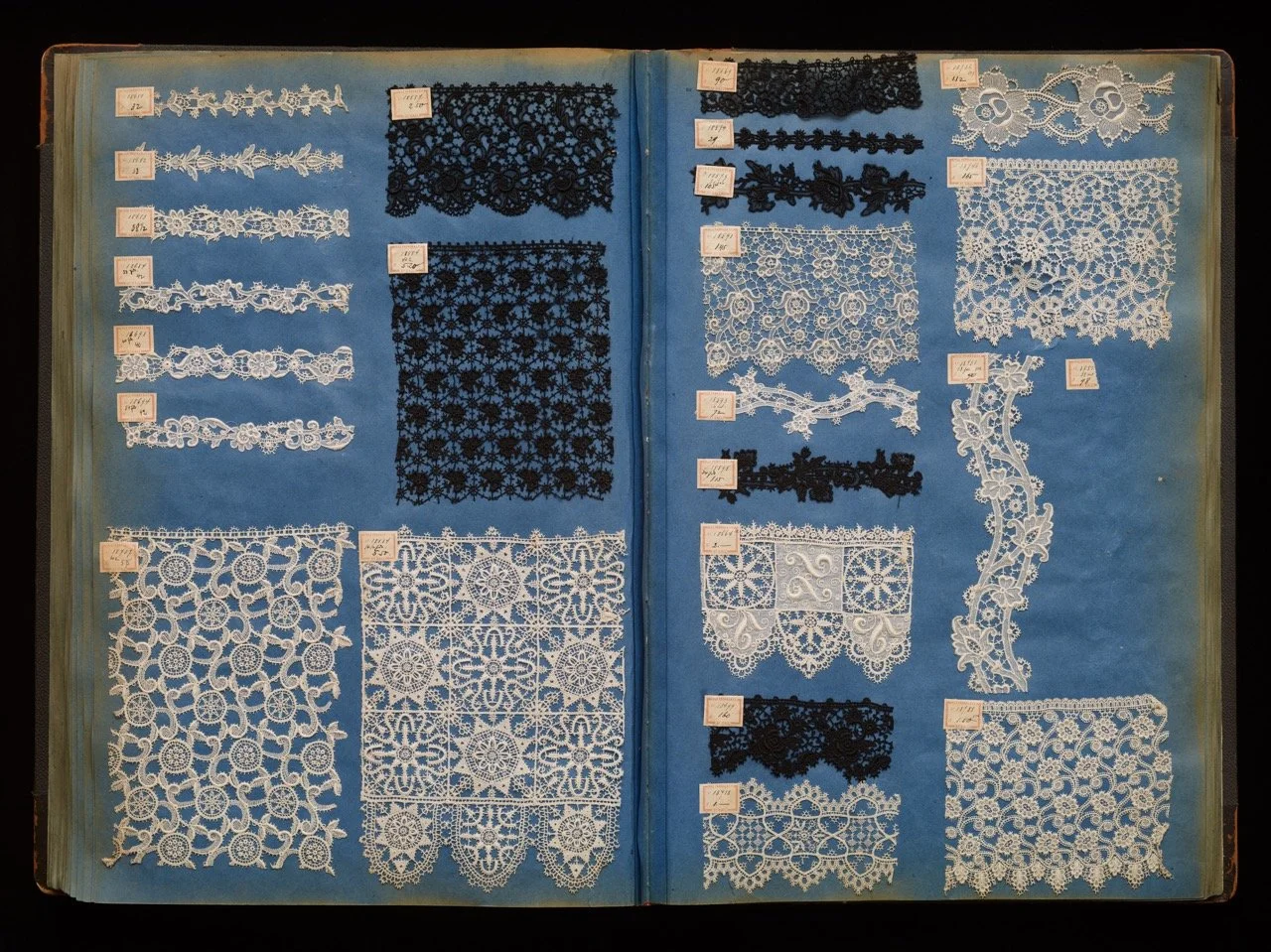When Samuel & Sons VP of Design Marisa Gutmacher called to tell me she had discovered artist Elizabeth Ashdown through The Textile Eye, I was over the moon. Here are the excerpted interviews that led to the collaboration!
Read MoreAs Suzanne Tick announces her retirement from Luum Textiles, stepping down as Creative Director at the end of 2024, The Textile Eye honors a career that has profoundly shaped the contract design industry.
Read MoreA comprehensive glossary of fiber and material abbreviations used in textile design and sourcing. The abbreviations are used mainly by European mills. The linked spreadsheet includes additional information including the source derivation (petroleum, wood pulp, cotton boll, flax stalk, etc) and the type of fiber (synthetic, manmade cellulosic, protein, etc).
Read MoreA glossary of terms connected with neck ties, compiled by Peter Kuklinski, aka the “man of cloth”. Neckwear is woven, printed, or knitted with a myriad of options within each category.
Read MoreExcerpted from Threads of Power: Lace from the Textilmuseum St. Gallen edited by Emma Cormack and Michele Majer. Reproduced with permission from Kenna and the team at Bard Graduate Center.
Read MoreOur 50-page special round-up of the most beautiful, inspiring palettes of 2020. These are the colors that will be taking center stage in 2021 and beyond. Included are individual shades, stunning combinations, and a look at color treatments in textile and surface design. This report is available as a special bonus to subscribers as well as free members of The Textile Eye.
Read MoreThe Textile Eye reports use HEX numbers to identify colors. Here is a quick guide to best practices in using and converting HEX colors.
WHAT IS A HEX CODE?
HEX, short for hexadecimal, is essentially a six-digit code that tells a computer the RGB numbers necessary to display a color. There are over 16 million possible colors that can be expressed using this system.
Read More






